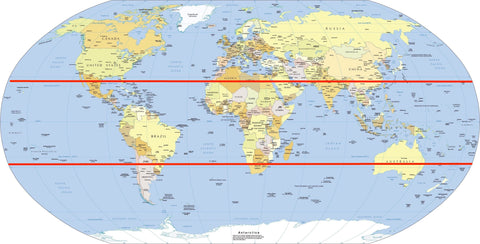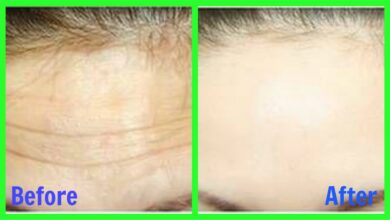Coconut Oil Benefits_ The Expert’s Extraordinary Guide
Coconut Trees (Cocos nucifera) are unable to survive in cold weather climates, and will have a hard time thriving in temperate zones. Instead, they require tropic regions (between 25°N and 25° S) of the equator with year-round sunshine and constant rainfall.

Within these warm climates, the coconut trees can grow in almost any soil condition, including sandy beach areas. The trees are considered a “three-generation tree”, as they can continue to produce fruit for more than sixty years, making them a very sustainable crop.

And compared to the destruction of rain forests that results from large palm oil operations, coconut oil trees are not widely known to cause deforestation issues.
Nutritional Facts of Eating Coconut Oil
What is the first thing that comes to mind when you hear “fatty acid”?
Chances are you think of dangerous, artery-clogging fat.
But is this really true?
The truth is, we need fat in order to survive. We need essential fatty acids for brain function, a healthy immune system, and the production of hormones.
The problem is not all fats are the same.
Hydronated oils such as canola, corn and soy are filled with dangerous trans-fats and processed with toxic solvents that are commonly added to packaged foods.
On the other hand, medium-chain triglycerides (MCTs), also known as medium-chain fatty acids, make up 64% of coconut oil.
According to Bruce Fife, N.D., author of The Healing Miracles of Coconut Oil:
“All fats, whether they be saturated or unsaturated, from a cow or from corn, contain the same number of calories. The medium-chain fatty acids (MCTs), however, are different. They contain a little less calories and actually yield fewer calories than other fats”
| Name of Fatty Acid | Percentage | MCT? | Type of Fat |
| Lauric acid | 45% to 52% | Medium chain fatty acid | Saturated fat |
| Myristic acid | 16% to 21% | Medium chain fatty acid | Saturated fat |
| Caprylic acid | 5% to 10% | Medium chain fatty acid | Saturated fat |
| Capric acid | 4% to 8% | Medium chain fatty acid | Saturated fat |
| Caproic acid | 0.5% to 1% | Medium chain fatty acid | Saturated fat |
| Palmitic acid | 7% to 10% | Saturated fat | |
| Oleic acid | 5% to 8% | Unsaturated fat | |
| Palmitoleic acid | <.01% | Saturated fat | |
| Linoleic acid | 1% to 3% | Unsaturated fat | |
| Linolenic acid | Up to 0.2% | Unsaturated fat | |
| Stearic acid | 2% to 4% | Saturated fat |
MCT’s found in coconut oil increase the rate of metabolism in your body, thereby aiding in weight loss, increasing the level of good cholesterol (high-density lipoproteins) and lower the level of bad cholesterol (low-density lipoproteins).
In countries and populations that consume high quantities of coconut oil – such as those living in Polynesia – studies have shown that these populations have a surprisingly low level of heart disease.
The Wonders of Lauric Acid
With coconut oil composed of nearly 50% lauric acid, let’s take a deeper look into the benefits of this fatty acid compound.
Lauric acid is known for it’s antifungal, antibacterial, and antiviral properties that help boost the immune system. Lauric acid is converted by the body into monolaurin. Monolaurin is effective in treating skin and body conditions such as acne, candida, athlete’s food and influence.
The other great source of monolaurin…human breast milk!

Buying Coconut Oil: Which Type is Best?
open next page to continue reading….




